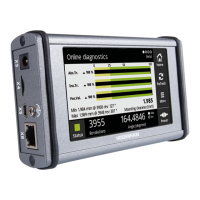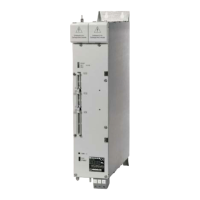The following ASCI l-characters are used for control of data transmission (as per ISO/R 646):
SOH c Start of Heading, Binary code 0000001
SOH signifies the data transfer heading: a character sequence which contains the program number and
the information “data input” or “data output”. Data check for the heading commences with the
character SOH (see “Data protection with block check character BCC”).
STX 2 Start of Text, Binary code 0000010
STX signifies the beginning of a program block. Block protection for the text (BCC) commences with STX.
ETB 2 Eind of Transmission Block, Binary code 0010111
ETB finalizes a data transmission block. The character following ETB is for data check (BCC).
ETX 2 End of Text Binary code 0000011
ETX is transmitted at the end of a program.
ACK 2 Acknowledge, Binary code 0000110
ACK is signalled by the receiving station to confirm that the data block was transmitted error-free.
NAK 1 Negative Acknowledge, Binary code 0010101
NAK is signalled by the receiving station when an error is detected for a data block. The transmitting station
must then re-transmit the block.
EOT c EEnd of Transmission, Binary code 0000100
EOT ends data transmission. This character is transmitted by the TNC 155 to the external computer at the
end of a program entry and in the event of an error.
With machine parameters, ASCI l-characters (substitute characters) with decimal code from 1 to 47 may
substitute the above characters.
Further control characters, which cannot be replaced by machine parameters:
DC1 2 Start data transmission (Device Control 1)
DC.1 starts data transmission.
DC3 g Interrupt data transmission (Device Control 3)
DC3 interrupts data transmission.
61

